You have already learned, probably more than you ever wanted to know, about the Line Crossing ceremony itself. But, let’s take a look at some of the entities behind the ritual. We are not going to go into great detail about any of them. You need to know that these are very real beings. They existed in Ancient times and they have not disappeared. They have, for the most part, been underground for some time. But, they are very much actively involved in the world around you, including your own life.
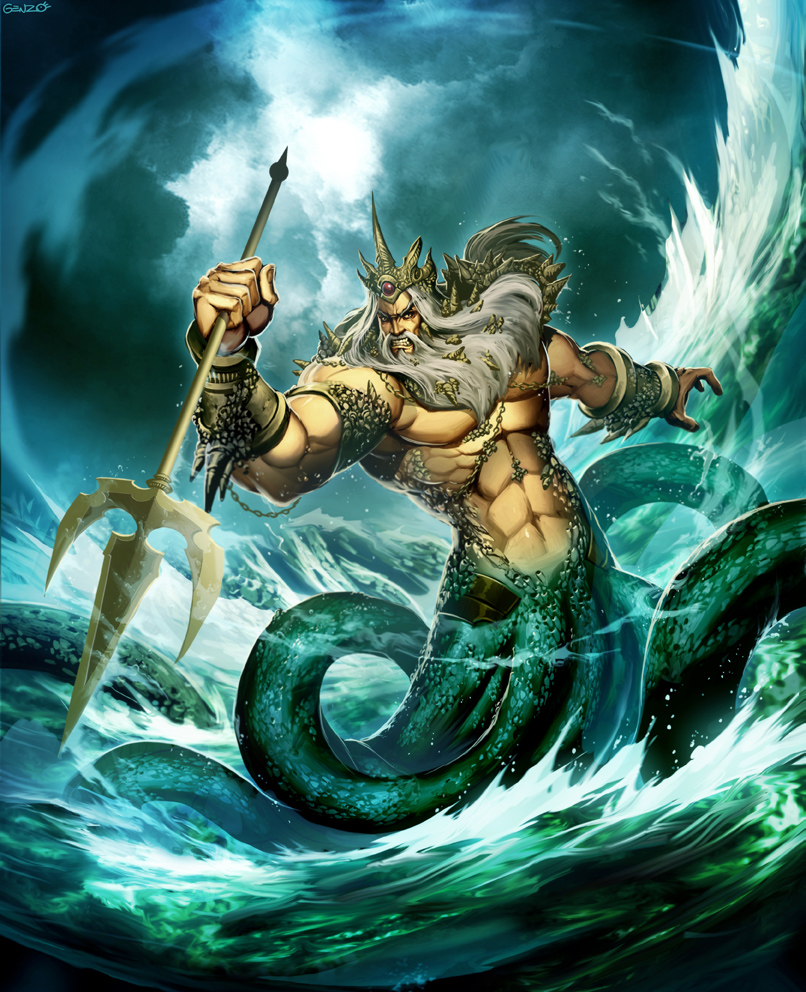 |
 |
|
| NEPTUNE | SHIVA | POSEIDON |
spacer
Trident From Wikipedia, the free encyclopedia A very powerful symbol that you can find pretty quickly in today’s society if you look.

Etymology
The word “trident” comes from the French word trident, which in turn comes from the Latin word tridens or tridentis: tri meaning “three”, and dentes meaning “teeth”, referring specifically to the three prongs, or “teeth”, of the weapon. The Sanskrit name for the trident, “trishula“, is a compound of tri त्रि for “three” + ṣūla शूल for “thorn”, calling the trident’s three prongs “thorns” rather than “teeth”.
The Greek equivalent is τρίαινα (tríaina), from Proto-Greek trianja, meaning “threefold”.
Symbolism and mythology of the Trident
In Hindu legends and stories Shiva, a Hindu God who holds a trident in his hand, uses this sacred weapon to fight off negativity in the form of evil villains. The trident is also said to represent three gunas mentioned in Indian Vedic philosophy namely sāttvika, rājasika, and tāmasika.
In Greek myth, Poseidon used his trident to create water sources in Greece and the horse. Poseidon, as well as being god of the sea, was also known as the “Earth Shaker” because when he struck the earth in anger he caused mighty earthquakes and he used his trident to stir up tidal waves, tsunamis and sea storms. In relation to its fishing origins, the trident is associated with Poseidon, the god of the sea in Greek mythology, and his Roman counterpart Neptune.
In Roman myth, Neptune also used a trident to create new bodies of water and cause earthquakes. A good example can be seen in Gian Bernini‘s Neptune and Triton.
In religious Taoism, the trident represents the Taoist Trinity, the Three Pure Ones. In Taoist rituals, a trident bell is used to invite the presence of deities and summon spirits, as the trident signifies the highest authority of Heaven.
The trishula of the Hindu god Shiva. A weapon of South-East Asian (particularly Thai) depiction of Hanuman, a character of Ramayana.
A fork Jewish priests (Kohanim) used to take their portions of offerings.[3]
The glyph or sigil of the planet Neptune in astronomy and astrology.
Poseidon replaced Oceanus as the Lord of the Seas after the Titanomachy which was when the Gods choose Zeus as their king and Mount Olympus as their residence. It became his Symbol of Power, which also came alongside with the horse, the bull, and the dolphin.
SEA GODS
The ancient Greek term for sea gods was “Theoi Halioi” or “Theoi Einalioi.” These deities were commanded by the Sea-King Poseidon and his queen Amphitrite. Maritime scenes featuring a host of sea-gods were very popular in Greco-Roman mosaic.
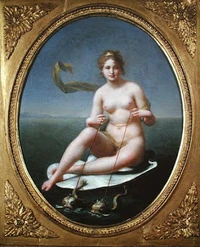 AMPHITRITE Goddess Queen of the Sea AMPHITRITE Goddess Queen of the Sea |
 APHRODITE Goddess of Love APHRODITE Goddess of Love |

GALATEA the Nereid Nymph |

ICHTHYOCENTAURS the Sea God Centaurs |

LEUCOTHEA the Sea Goddess |

NEREIDS Nymphs of the Sea |

NEREUS Old Man of the Sea |

OCEANUS Titan God of the River Ocean |

PALAEMON the Sea God |
 PHORCYS The Old Man of the Sea PHORCYS The Old Man of the Sea |

PONTUS Primordial God of the Sea |

POSEIDON God of Sea & Earthquakes |

SCYLLA the Sea Monster |

SIRENS the Sea Daemons |
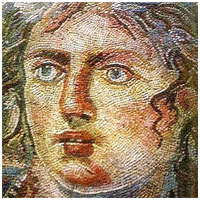
TETHYS Goddess of Fresh Water |

THALASSA Primordial Goddess of the Sea |

THETIS – Greek Sea-Goddess & Leader of the Nereides |

TRITON Sea God of the Waves |
The Scariest Sea Monsters from Legends Around the World
Legends about sea monsters have haunted communities across the globe for centuries. Mythical sea creatures have been characterized as spirits, enormous brutes, and eerie human-like creatures. Centuries of exploration of unchartered waters resulted in legends describing frightening mythical sea creatures who feast on human flesh and terrorized those who lived to the tale.
What are the world’s scariest sea monsters? Whether or not you believe the creepy sea monster stories below, with less than 5% of the Earth’s sea explored, who knows what’s out there?!
Taniwha have been described as fabulous monsters that live in deep water. Others refer to them as dragons – many taniwhalooked like reptiles, had wings and ate people. They could also take the shape of animals such as sharks, whales, octopuses, or even logs. Some taniwha could change their shape, moving between different forms.
Taniwha were either male or female. They usually lived in or near the water – lakes, rivers or the sea. They hid in lairs known as rua taniwha, which could be deep pools, caves, or dangerous waterways – areas that people avoided.
The Huallepen or Guallipen is a Chilean chimera with the head of calf, the body of a sheep, and twisted feet. The monster lives in rivers and lakes, and will mate with livestock, producing deformed offspring. Even the sight of the Huallepen can cause a pregnant woman to bear a deformed child.
A mermaid is a mythological aquatic creature with a female human head, arms, and torso and the tail of a fish. Mermaids are represented in the folklore, literature and popular culture of many countries worldwide.
A male version of a mermaid is known as a “merman” and in general both males and females are known as “merfolk” or “merpeople”. A “merboy” is a young merman.
Merfolk are EXTREMELY important in relation to this topic. They play a very big role in the realm of NEPTUNE and in the Line Crossing Ceremony. However, I have already covered this topic extensively in earlier posts. It is too vast to cover here. You can view my posts: HERE and HERE
Encantado were-dolphin is a sea mammal that becomes human in the night to take place in festivals and parties, they have the ability to control storms, hypnotize, cause sickness, and even death! They do not become fully human and must cover up their blowholes with hats. They crave human hardships and want to be human.
Meet the Ningen: Giant humanoids of the Antarctic continent
PROOF Dinosaurs Still Exist & Lived With Man!! Illuminati Cover-up!! 2016 MUST SEE!!
(WATCH FROM 3.28 to 27.22 min on this video! REAL SEA MONSTER?)
Last night at the Oscars we saw visionary and Konami adversary Guillermo del Toro walk away with both Best Director and Best Picture for The Shape of Water, his science-fiction fairy tale about a love story between a mute woman and an amphibious fish god, which is exactly as weird as it sounds.
The film focuses mainly on the mystery of the creature. We know he was pulled out of South America where he was worshipped as a god by the locals, and he has some measure of regenerative powers, both on himself, and the ability to heal wounds on others (as well as do odd things like regrow hair on a bald man).
But I think the more interesting questions are not about the creature, but instead about Elisa, the mute lead of the film. Her background is what I find the most interesting in The Shape of Water, and something I’m still thinking about after the film.
We know Elisa was found as an orphaned child with cuts on her neck that slashed her voice box and made her unable to speak. We know she grows up and eventually falls in love with the amphibious creature, who turns her scars into gills in the finale so they can live happily ever after underwater. (This is a common theme in Merfolk tales)
It seems like there’s a lot more going on here, however. It seems like Elisa’s past is more interesting than simply being an abandoned child. The theory is that Elisa either is part fish-creature like the amphibian man, or perhaps at one point was fully a fish creature herself, and somehow transformed. Why? Here’s the evidence and speculation:
- Elisa was actually found by a river with those scars on her neck as a child, a river she might have theoretically emerged from.
- Elisa seems unnaturally comfortable with water, like in the sequence where she floods the bathroom to be with the creature, she should be technically about to drown, but looks fully at peace.
- Elisa also has a regimented schedule of masturbating underwater in her bathtub every day, which obviously humans can do normally, but the film makes a point of showing this specifically, implying it’s of some significance. Her sexual desires are linked to water both before and after she meets the creature.
- The creature is only shown to have regenerative, restorative powers. Healing wounds, or reversing time on Giles’ bald head so he grows hair again. Therefore turning scars into gills doesn’t really make sense, unless they were…already gills to begin with. The lines are perfectly straight, and no one can really understand why someone would randomly slice the neck of a baby and leave it by a river. So the implication is that he’s simply restoring Elisa to her “natural” fish/half-fish state by re-opened her closed gills. Maybe she can’t speak not because of an injury, but because she was never meant to speak like humans being part-fish person.
This theory also explains something that some have called a problem in the movie, Elisa’s attraction to the creature. At first, this seems like a tale about a woman taking pity on a creature being abused by its captors. But it very (very) quickly evolves into more than that, where Elisa quickly develops romantic feelings and sexual interest in the creature, even as it continues to exhibit somewhat limited intelligence and do pretty beast-like things such as eating the head off a housecat. The jump from “this self-aware creature needs help” to “I want to have sex with this fish guy” is a pretty fast leap.
The Shape of WaterFOX
But…it makes a lot more sense of Elisa is at least part fish-person herself. Yes, anyone might feel compassion for that creature, but I’m guessing that not all that many woman would feel actual sexual attraction toward it and the eager urge to jump into bed (or a flooded bathroom) with it. I understand that the creature makes Elisa feel loved even as a “broken” person who can’t speak, but I do think it’s more than that. I think that the two are possibly the same species, or least part of the way there, which explains not the compassion per se, but least part of the immediate attraction between them.
This would kind of go against the theme of the movie which is about loving someone you’re not “supposed” to, but I do think it bridges a gap that some people are complaining about, that the love story/erotic aspects are rushed and don’t make a ton of sense given the nature of the creature. But if Elisa is part fish herself, it would make the instant connection somewhat more logical.
It’s true that…none of this could be true, and that Elisa is just a human with scars who fell in love with a fish guy, but I think there are too many clues littered throughout the film that Guillermo del Toro was at least trying to inject the implication that there could be more to Elisa than We’ve seen them helping Queen Elsa in Frozen, trying to cook Hobbits in the Lord of the Rings and guarding bridges to the annoyance of our fairy-tale heroes. Each portrayal is slightly
Trolls – It doesn’t take very much research to find that Trolls are not very nice, fairly nasty looking, smelly, obnoxious behaving creatures, so why are they so prolific in children’s toys, television, and movies?
 |
 |
|
| “Shrek” 2001 | FOX 2016 Trolls” | 2016 “Frozen” |
 |
 |
|
| 1980 “Star Wars” | “Harry Potter” Series | The “Hobbit” Series |
Universal Orlando Now Has A Butt Naked Troll That Farts Glitter At Guests
In truth, Trolls seem to be popping up all over. Why, because demonic entities are once again taking on more and more active roles in our society. Why? Because knowingly and/or unknowingly humans are inviting them to do so.
From Wikipedia, the free encyclopedia
A troll is a class of being in Norse mythology and Scandinavian folklore. In Old Norse sources, beings described as trolls dwell in isolated rocks, mountains, or caves, live together in small family units and are rarely helpful to human beings.
Later, in Scandinavian folklore, trolls became beings in their own right, where they live far from human habitation, are not Christianized, and are considered dangerous to human beings. Depending on the source, their appearance varies greatly; trolls may be ugly and slow-witted, or look and behave exactly like human beings, with no particularly grotesque characteristic about them.
Trolls are sometimes associated with particular landmarks, which at times may be explained as formed from a troll exposed to sunlight. Trolls are depicted in a variety of media in modern popular culture.
The Old Norse nouns troll and tröll (variously meaning “fiend, demon, werewolf, jötunn“) and Middle High German troll, trolle “fiend” (according to philologist Vladimir Orel likely borrowed from Old Norse) developed from Proto-Germanic neuter noun *trullan. The origin of the Proto-Germanic word is unknown.[1] Additionally, the Old Norse verb trylla ‘to enchant, to turn into a troll’ and the Middle High German verb trüllen “to flutter” both developed from the Proto-Germanic verb *trulljanan, a derivative of *trullan.[1]
Whether it’s a tacky figurine lined up on a gift shop shelf ready to give you that ‘perfect’ souvenir, or a fluorescent haired cartoon toy aimed at entertaining children, we all know trolls. Or do we?
|
Trolls call me moon of dwelling-Rungnir, |
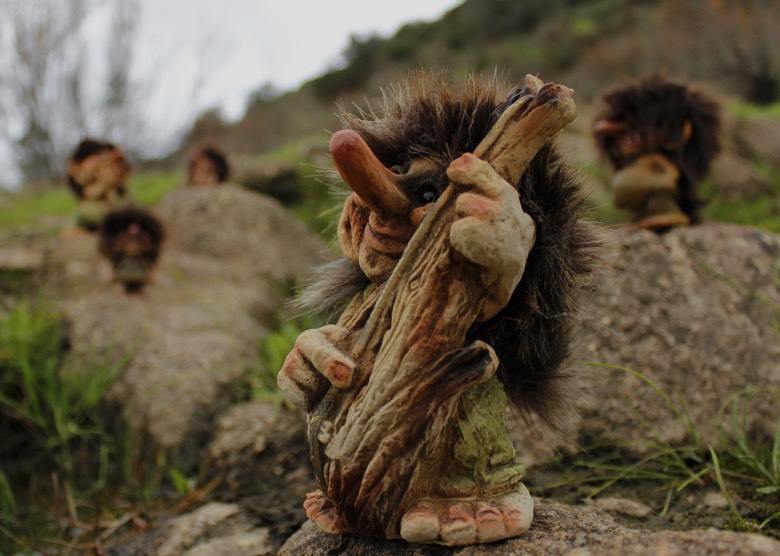 |
Trolls are one of the mythical creatures that are portrayed in popular culture on a regular basis.
We’ve seen them helping Queen Elsa in Frozen, trying to cook Hobbits in the Lord of the Rings and guarding bridges to the annoyance of our fairy-tale heroes. Each portrayal is slightly different from the last.
So where do our mythical trolls come from? And what are ‘proper’ trolls like? Well, the answer to that, as always, is complicated! Join us as we go into the Hall of the Mountain King and try to get to the bottom of the legends.
The origins of the mythology
As Norse mythology was mostly handed down orally, it can be difficult to get a real handle on what’s what.
Gods and monsters are referred to by different names and when we come to interpret the source material – the Poetic Edda and Prose Edda that were the best attempts at writing everything down – we find various scholars disagreeing on almost everything!
The noun troll or troll, meaning variously fiend, demon, werewolf, and giant, comes from a proto-Germanic word trullan or unknown origin.
There’s much overlap in the terms jötunn (giant), troll, þurs (hostile monsters) and risi (heroic beings). Some theorize that they’re four distinct classes of beings while others believe that troll is a catch-all for ‘mischievous creatures.
What we do get a kind of agreement on, when we distill all of the arguments down, is that there are two types of troll.
Trolls of the mountain and of the forest
The first type is known as the forest or mountain troll. They’re generally depicted as large, dumb, brutish creatures akin to a large neanderthal. These are the beings that eat hobbits for dinner in Lord of the Rings or distract from Voldemort in Harry Potter.
They are said to use their connections with nature to uproot trees to use as clubs as well as being able to cause hurricanes and avalanches.
These are also the trolls whose riddles you have to solve to cross a bridge, if you ever find yourself inside a fairytale, or playing an RPG!
THE MOUNTAIN TROLLS – THE GREAT STORY OF THE LITTLE PEOPLE AND THE GIANT TROLLS, CHAPTER 2
Trolls of the caves
Unlike their forest-dwelling cousins, cave trolls live completely underground and are generally depicted as smaller than humans with a large round abdomen and short stubby arms and legs. These are more akin to the trolls that help Queen Elsa in Frozen.
In Norse mythology, however, they’re not generally friendly to humans. They use their connections with nature to baffle and deceive humans.
No matter the type of troll, they all have some characteristics in common. Aside from being unfriendly, they’re also generally depicted as stupid and dangerous. They may set clever riddles but they’re usually easy enough for humans to overcome.
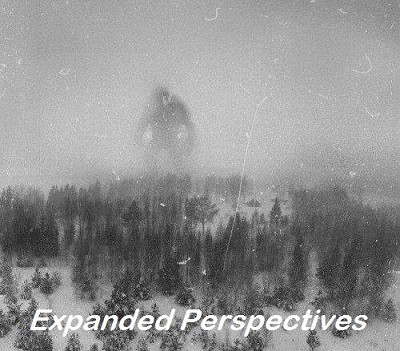
There have been “many stories and sightings through Norway and abroad of mysterious Troll sightings. Are they real? And is there an active cover-up by a few countries who know more than we think? Are certain sections of Norway closed off from the outside world in order to protect and not to anger the Trolls?”
Trolls are mystical creatures because they possess capabilities that are beyond human. They can make themselves invisible into the naked human-eyes, travel on the winds and even sneak into your own house without breaking the windows or anything else. Do you know that they are also good shape-shifters?
Shape-shifter means that they can take the form of any objects or animals. In most cases, they like to take the form of a cat or dog or a rolling ball of synthetic fibers. One common method to identify the presence of trolls around your surroundings is that, you can actually hear them speak with their creepy voice or even shout. Some of them simply make noises such as the sound of a cattle. Source
BRIDGE TROLLS
While I can’t add to /u/itsallfolklore‘s great discussion of how ‘troll’ entered English language (and imagination), I would suggest that the more general idea of monsters living at watery edge-spaces (like bridges) can be traced back in English as far as Beowulf (Grendel and his mother, called ettins – giants/monsters – in the poem, live in a swamp, on the edge of Hrothgar’s land).
Swamps, water, and places where they’re crossed play an important if poorly understood, role in English ritual practice (starting in prehistory, and continuing through the late middle ages). There’s a great article, published in the edited volume, The Cross Goes North, which traces ritual activity at a causeway that crossed a swamp. Weapons were thrown into the water along the causeway, from the Bronze Age through the late middle ages, with few interruptions – the waterway, and the causeway that crossed it, was a place where boundaries broke down and these kinds of rituals had to be performed, for a really really long time.
You see other evidence of the importance and danger – in a very longue duree sense – of watercourses, swamps, and bridges in English archaeological and written sources. For example, Guthlac retreats to a swamp to hide from the world (in the Vita Guthlaci, an 8th-century text), and is attacked by demons. A man buried in the sixth century was nailed to the ground – perhaps because they were afraid he would try to come back – in the edges of a swamp.
None of these things are trolls hiding under a bridge, but you can make a strong anthropological argument that these more recent stories of trolls at water crossings are tapping into a much older uneasiness about crossing water.
Water is the subject of folk beliefs internationally – if not universally, at least in a very common fashion. The Scandinavian homeland of the troll perhaps shared historical roots with the Anglo-Saxons that may have opened the door for the later English to welcome the story of the troll and the bridge. But a historical connection is not necessary to recognize that a bridge over a ravine containing running water is something of a “place of power,” as anthropologists often coin it. Either way, your observations are completely valid and add to the story. Source
Encountering the Bay Bridge Troll
spacer
spacer
Strange Aquatic Humanoids Filmed in Thailand? (Chay Na)

Kappa (folklore) From Wikipedia, the free encyclopedia
 |

A book illustrating twelve kinds of kappa. |
Grouping: Yōkai Other Names: Gatarō, Kawako Country: Japan Habitat: Rivers
A kappa (河童, river-child), also known as kawatarō (川太郎, “river-boy”), komahiki (駒引, horse-puller), or kawatora (川虎, river-tiger) is an amphibious yōkaidemon or imp found in traditional Japanese folklore. They are typically depicted as green, human-like beings with webbed hands and feet, with a turtle-like carapace on their backs. A depression on its head called its “dish” (sara) retains water, and if this is damaged or its liquid is spilled the kappa is severely weakened.
The kappa are known to favor cucumbers and love to engage in sumo wrestling. They are often accused of assaulting humans in water and removing a mythical organ called the shirikodama from their victim’s anus.
There are more than eighty other names associated with the kappa in different regions, including kawappa, gawappa, kawako, gatarō, mizuchi.
Ningen: Japanese Sea Monster
Ningen (人間 – meaning ‘human being’)
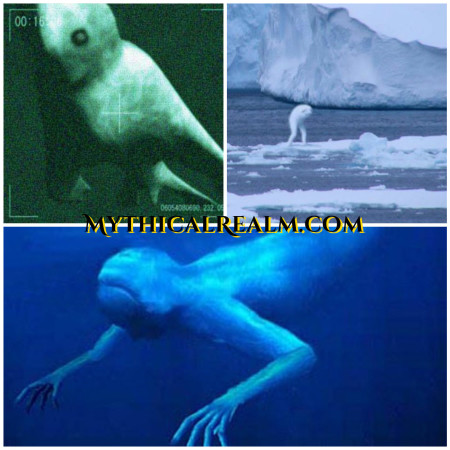
First sighted in the 1960s, this large humanoid creature could be hiding out in the vast unexplored wilderness of the Antarctic. Primarily seen in the icy ocean waters by, government-run, Japanese “whale research” vessels, the Ningen is said to be 65-95 feet in length (20-30 meters)! Crazy big!
Witnesses of this mythical monster have described it as being of human-like shape with arms, legs and five-fingered hands. A few reports discuss a mermaid-like tail or tentacles instead of legs. Mostly making an appearance at in the dark of night, most eyewitnesses have also reported that these animals have no distinct facial features – save for two huge eyes and a slit-like mouth.
Being a relatively new creature sighting of the Mid-20th Century, it’s hard to imagine how something so big could go unnoticed for so long. But, with a creature that is nocturnal and lives in the frigid waters off Antarctica… perhaps it’s not so difficult to perceive there being a chance.
POKEMON
CRITICAL INTEL
 Cuddly Pokemon and the Demons That Spawned Them
Cuddly Pokemon and the Demons That Spawned ThemAll right, Pokémon don’t actually do that, but their spiritual ancestors the yōkai do, or at least did, in the folktales of old Japan. Over the years, yōkai have served as inspiration for many creatures in the Pokémon universe — albeit toned-down versions — creating a mixture of myth and pop culture that helps keep the stories alive and reinforces the Japanese identity of the series.
Please Click to Continue: Part 5 of 6









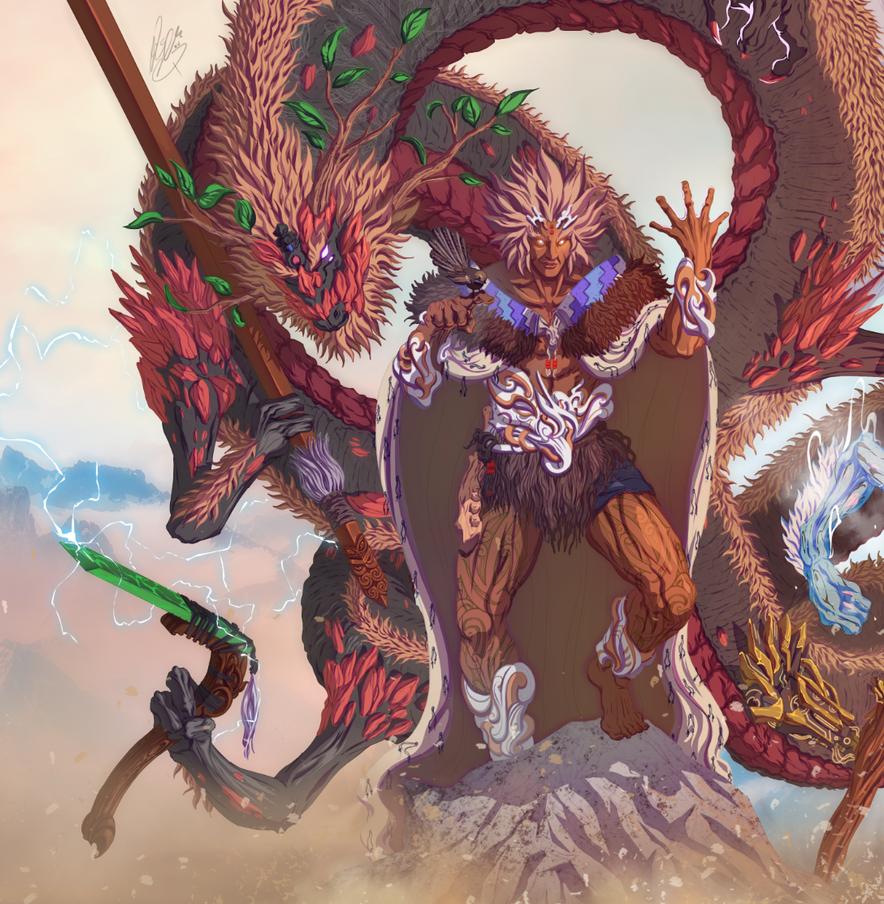
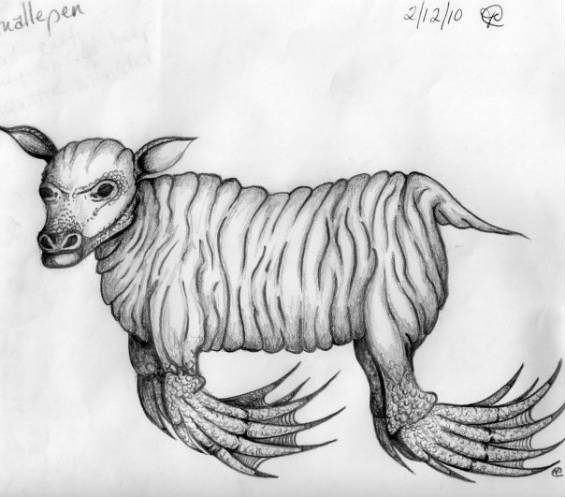
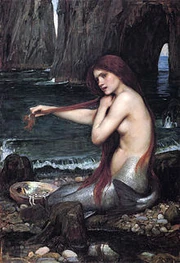

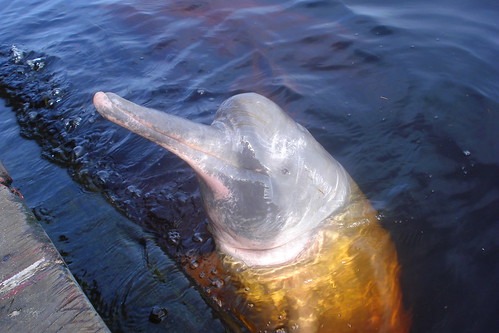
 Last night at the Oscars we saw visionary and Konami adversary Guillermo del Toro walk away with
Last night at the Oscars we saw visionary and Konami adversary Guillermo del Toro walk away with 

